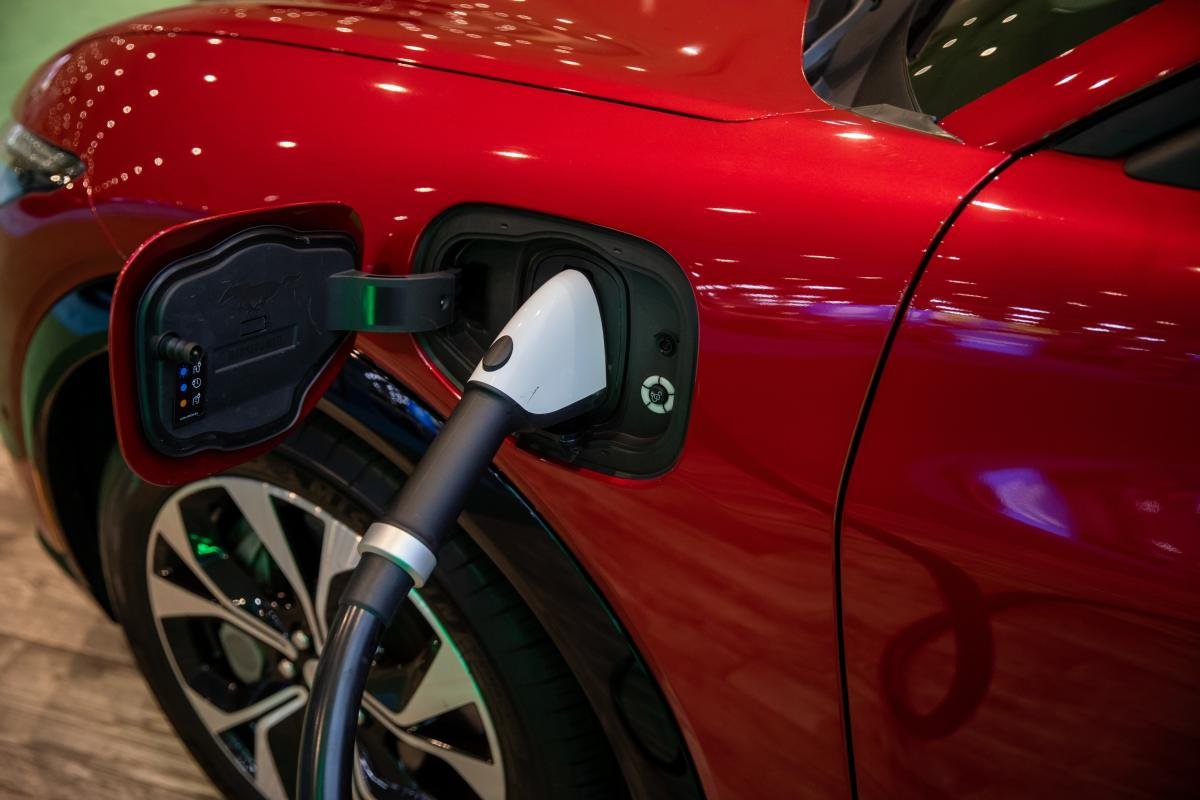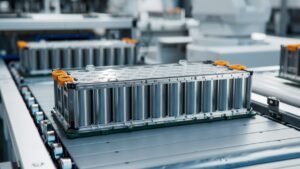Cost has always been a major barrier to the widespread adoption of electric vehicles. With most EV models on the market today carrying a higher price tag than their fossil fuel counterparts, many potential buyers find themselves unable to make the switch.
That might soon change.
Coreshell, a battery materials startup, has announced a groundbreaking development that could significantly lower the cost of lithium-ion batteries.
While this breakthrough may not result in the long-awaited 500-mile-range EVs, it is still a significant step forward. Not everyone needs the capability to drive that distance, so the impact of this development could still be substantial. And if Coreshell’s approach proves successful, it could lead to more affordable batteries that are not reliant on China.
Forecasts for the future of cheaper electric vehicles are heavily dependent on continuous technological advancements, including improvements in battery materials. One of the most promising materials is silicon, which has the potential to replace graphite in the anode (the negative terminal) of lithium-ion batteries. Both materials have the ability to accept and store lithium ions during the charging process. However, while silicon has a higher capacity for storing energy, it does have a major drawback.
As the charging process continues, anode materials tend to swell. Graphite anodes may only become slightly inflated, and their elasticity allows them to remain intact. But with silicon anodes, the swelling can be extreme, causing them to expand to several times their original size. Without a means of accommodating this expansion, the anode can crumble after multiple charge and discharge cycles.
Despite this challenge, many startups are currently working on finding solutions to unlock the full potential of silicon in improving batteries. The most common approach involves using specialized microscopic structures to counteract the swelling of silicon. However, creating these proprietary formulations requires a more refined and expensive form of the metal, making the resulting silicon anodes more suited for markets where the higher cost can be absorbed, such as high-end electric vehicles and consumer electronics.
Prior to this announcement, Coreshell had been primarily focused on developing coatings that could slow the degradation of various battery materials. However, the company has now shifted its focus to silicon. Co-founder and CEO, Jonathan Tan, said in an interview with TechCrunch, “Two years ago, we made a breakthrough on metallurgical-grade silicon.” The coating developed by Coreshell is elastic, enabling it to hold the material together during the charge and discharge process. Additionally, it helps to prevent surface degradation. Tan added, “It is going to be the main thing that we’re working on bringing to the market, and we plan to begin commercializing it next year.”
At the International Battery Seminar, Tan further emphasized the significance of this development by stating that metallurgical-grade silicon is not only cheaper than higher purity options, but it also costs approximately half as much as graphite, the typical anode material used in lithium-ion batteries.
There are also significant geopolitical implications to consider. According to Benchmark Mineral Intelligence, approximately three-quarters of the world’s graphite anode supply runs through China. This creates a challenging situation for battery manufacturers and automakers, especially given the Inflation Reduction Act’s regulations. This legislation requires a specific percentage of lithium-ion battery materials to come from domestic sources or countries with which the United States has a free trade agreement in order to qualify for tax credits on electric vehicles. This percentage is set to increase to 90% by 2028.
Since silicon has the ability to store more energy, batteries with equivalent capacities will require less material compared to graphite. As a result, Coreshell estimates that the United States has a sufficient supply of metallurgical silicon to meet demand. Additionally, because it costs less than graphite, there is potential for it to replace Chinese graphite entirely. This could have a major impact on the availability and cost of anode materials.
As Coreshell prepares to launch its first silicon anode product, it plans to pair it with a lithium-iron-phosphate (LFP) cathode. While this type of cathode may not have the same energy density as other chemistries used in EVs, such as nickel-manganese-cobalt (NMC), it is considerably cheaper and safer. Furthermore, the ingredients needed to produce LFP cathodes are more readily available outside of China. These advantages have already sparked a renewed interest in LFP among automakers, but the lower energy density has been a significant limiting factor.
However, when combined with a silicon anode, LFP’s limitations may be eliminated. Coreshell predicts that its silicon anode could even surpass traditional NMC cells with graphite anodes in terms of performance and cost.
Of course, bringing this technology to market will not be an easy feat. Coreshell will need to scale up its production and successfully commercialize its technology. At the moment, their target market is e-mobility, which includes electric bikes, scooters, and dune buggies. Coreshell has already secured a deal with Meyers Manx, the company responsible for creating the iconic 1960s dune buggy of the same name. While Coreshell is currently producing its own materials, they are open to collaborating with suppliers and potentially licensing their technology.
In the meantime, Coreshell is working towards qualifying its product for automotive use, a rigorous process that will require time and resources. Tan stated that their goal is to supply A-samples to partners in 2025 and have their product in an electric vehicle by the end of the decade. By that time, their competitors Sila and Group14 also expect to be in commercial production. Although these companies may have slightly more expensive silicon anode materials, their scale and experience may allow them to drive down costs.
In the eyes of automakers, having a variety of options for battery advancements is highly desirable. Not all breakthroughs make it through the validation process, and relying on a single approach may not be enough to sustain the continuous decline in battery costs that the automotive industry is depending on. With the potential of several competing options, it is possible that the evolution of lithium-ion batteries will continue to make significant strides towards a more affordable and sustainable future.








